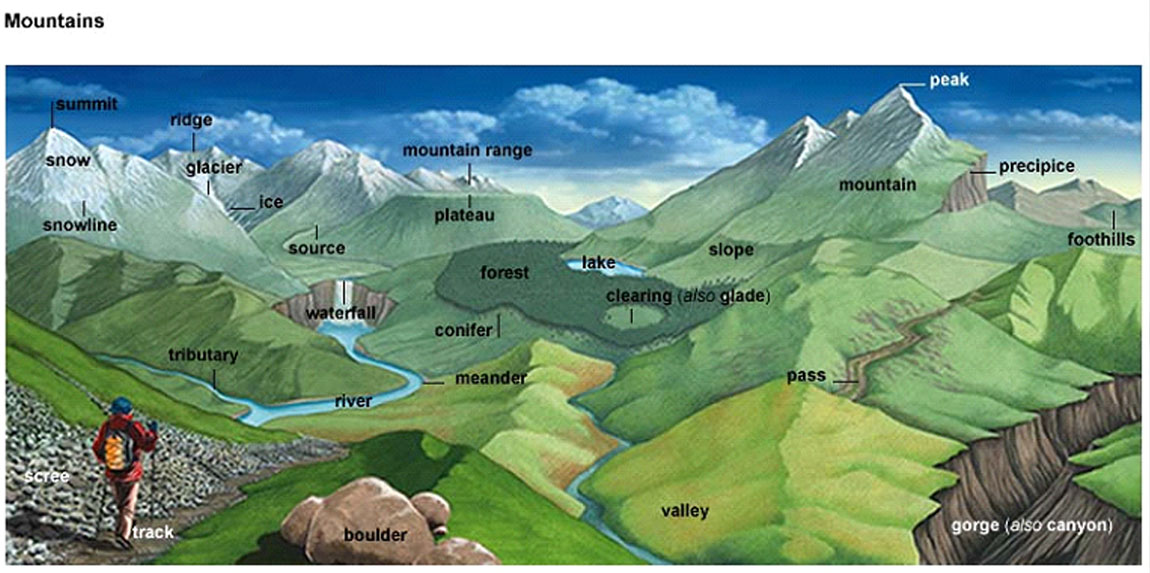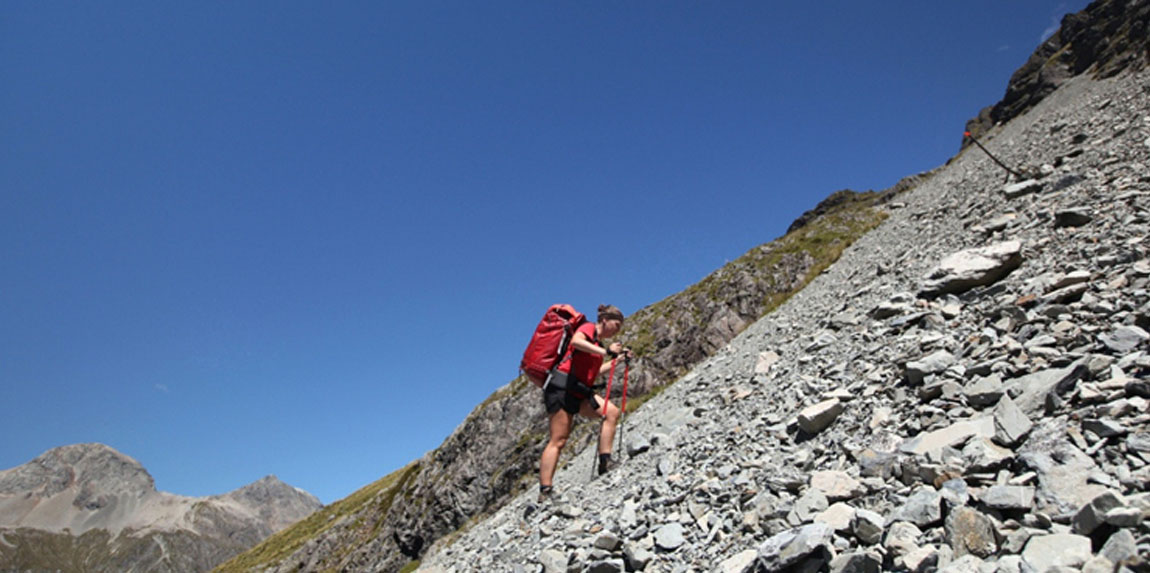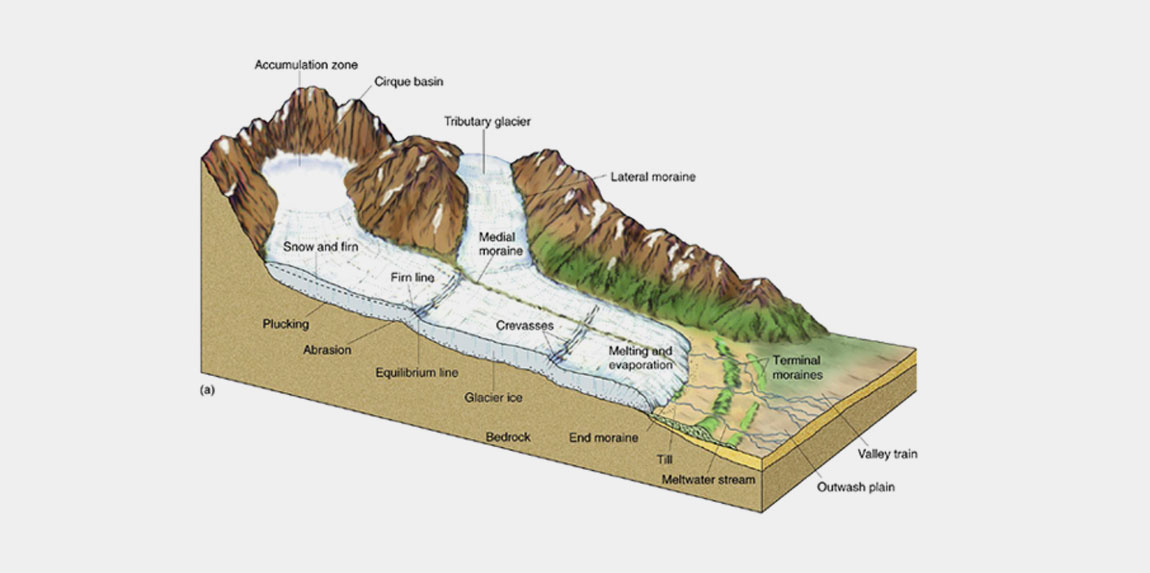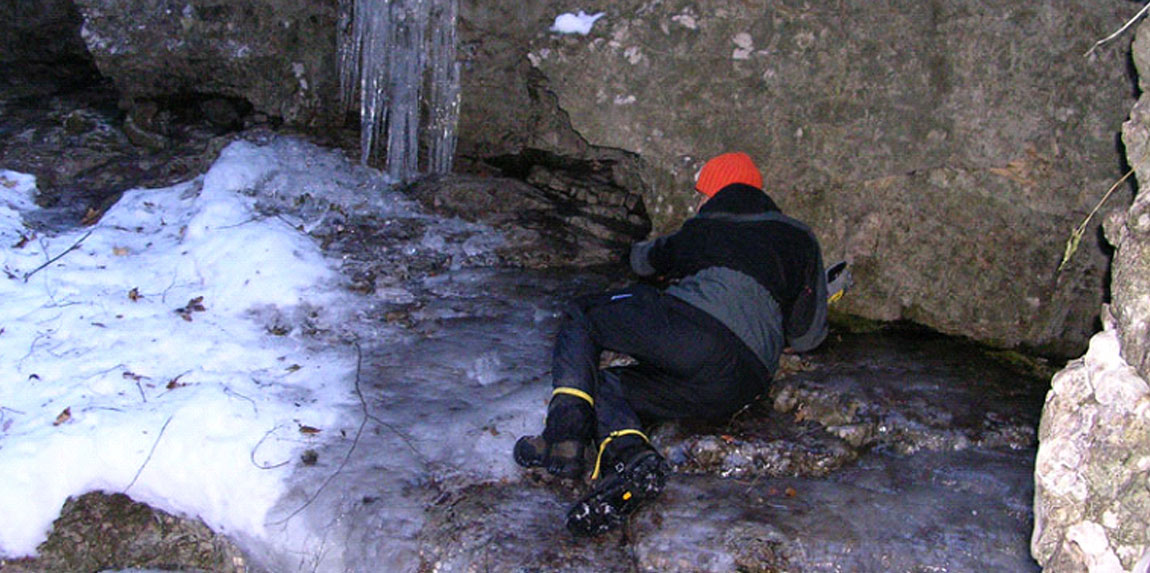As trekkers it is important for us to be aware the following basic terminologies that we practice while trekking in the high altitudes;

Altitude - In simple terms, altitude means height of the area above sea level. For instance Kedarkantha peak is at an altitude of 12,500 feet means it is 12,500 feet vertically above sea level, sea level being at Zero feet.
Altitude categories are classified as per below:
• 6,000 to 12,500 feet is termed as high altitude
• 12,500 to 16,500 feet is termed as very high altitude
• 16,500 to 23,000 feet is extreme high altitude
• 23,000 feet and above is termed as the “Death Zone”
More on Altitude and how our bodies react to it
Peak - Peak is the pointed top on a mountain. There is only one peak on a mountain. Although, there could be multiple high points.
Summit – A high point on a mountain (not necessarily a peak). There can be multiple high points on a mountain. Both "peak" and "summit" are used interchangeably by mountaineers.
Mountain Pass – The route through a mountain range or a ridge that needs to be ascended, crossed and descended is referred as a Mountain Pass.
Massif – A compact group of mountains is called as a Massif. Khangchendzonga massif and Annapurna Massif are examples.
Ridge – The high edge of a hill or a mountain is termed as a Ridge.
Meadows - open land/ grasslands that could be at high altitudes, amidst the forests or slightly higher. They could be used for camping depending upon the water sources nearby.
Valley – A low area of land between hills or mountains is a Valley.
River Bed – The area of land over which a river flows is called a River bed. Mostly river beds are sand and small stones/ scree based.

Scree – Scree is a mass of small loose stones that form or cover a slope on a mountain. It is generally slippery in nature.
Boulders - Boulders are large rocks that become smooth and surfaced when they get eroded. They could be as large as 50 to 60 feet and as small as 2 to 3 feet. Generally boulders patches add on to the fun and thrill of the trek however are also known to have maximum slips/ falls.

Glacier - A slowly moving mass or river of ice formed by the accumulation and compaction of snow on mountains.
Moraines - A mass of rocks and sediment carried down and deposited by a glacier, typically as ridges at its edges or extremity. Can be further classified as Lateral, Medieval and Terminal moraines respectively.
Crevasse - A deep open crack in a glacier, be it open or hidden is called as a crevasse.
Verglass - A thin coating of ice on an exposed surface as stone, boulder or cemented surfaces.

Homestay - A private cemented house offering accommodation to trekkers is termed as a homestay. It could offer meals at additional charges. Most of the homestays charge for accommodation and food on treks.
Campsite – The patch of land area used for pitching tents (camping) is called as a campsite.
Base camp - A camp from which mountaineering expeditions set out or from which a particular activity can be carried out is termed as Base camp.
Ascend – Trekking/Hiking in upward direction is ascending. Gaining altitude with lower amount of oxygen is the process.
Forced Ascends – Gaining altitude in a single day about 1300 feet and above is termed as a forced ascent. Even though forced ascends are against the acclimatization rules, sometimes they need to be done due to lack of camping site or choice to trek due to unforeseen conditions.
Descend – Trekking from a higher ground level to a lower ground level is called as descending. Losing altitude and gaining oxygen is the process.
Climb - In the field of trekking and mountaineering, Climb refers to ascending with technical assistance. It could be on artificial walls, boulders, steep ridges or even on extremely high altitude summits. “Climb” or “Climbing” means ascending (upwards) and cannot be said as “climb-down”.
Acclimatization – The body getting used to the change in altitude, change in the level of Oxygen, change in climate is a process that needs to be done slowly and steadily while trekking. Trekking above 9000 feet in the mountains, calls for this process of Acclimatization. We speed up the process by hydrating ourselves, resting well and having the local available food and ensuring to ascend at a gradual pace.
Dry ration - Ration as toffees/candies, chocolates, lemon water or other juices are termed as Dry rations. Any trek that includes 5 to 6 hours to trekking a day, should have some dry ration in stock. The sudden pinch of sugar & salt helps the bodies cope up physically with the lengthy trekking hours.
*The above images have been taken from the internet for reference
